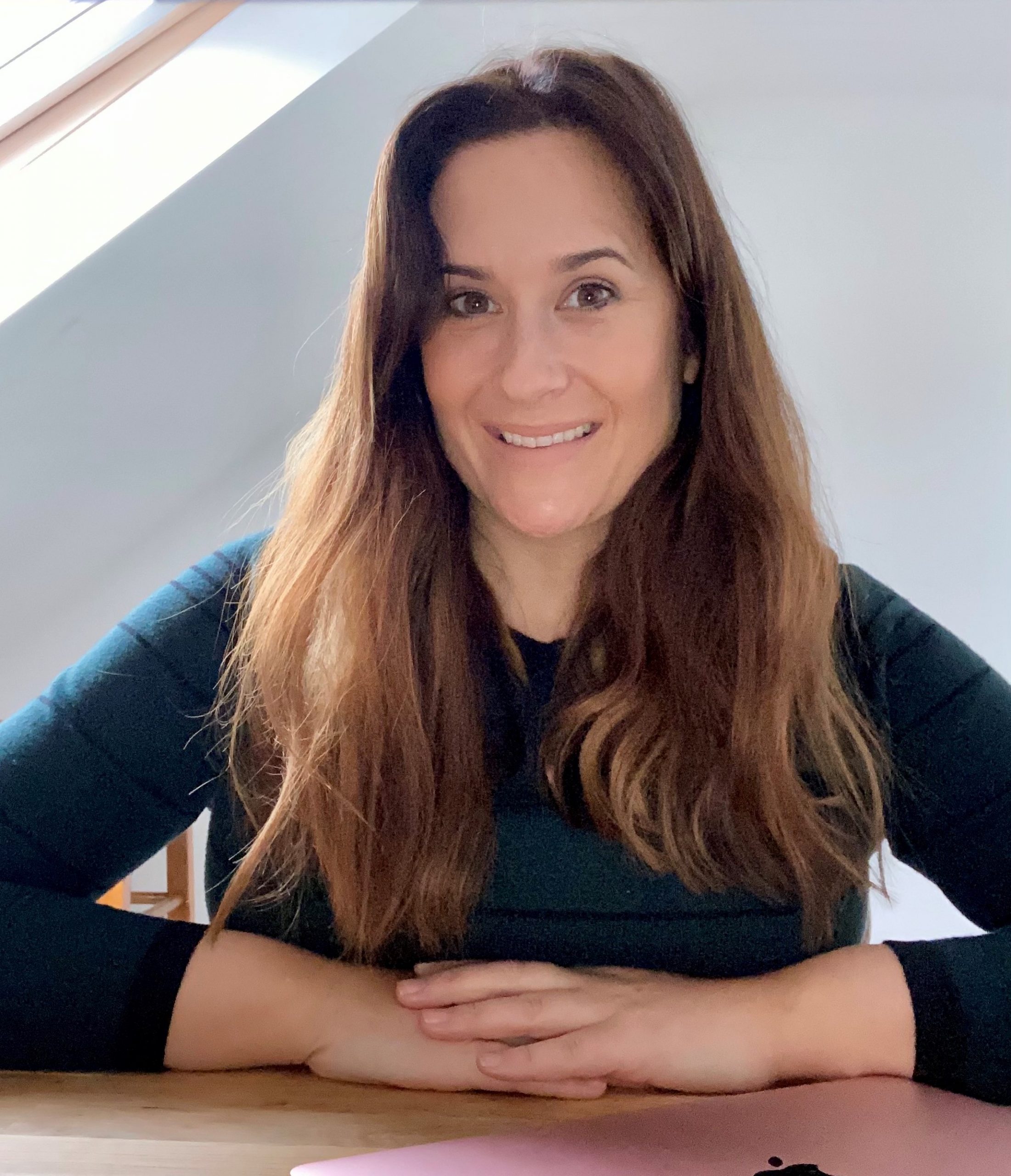
Classrooms by design
Research-based primary classroom design
However often you have set up a new classroom, according to Kate McCallam it’s worth pausing to consider new research about the impact of classroom design on learning first.
It’s classroom set-up time
Love it or loathe it, as we start this new school year, if you are a primary or Early Years teacher, you’ve probably spent the latter part of your summer holiday on the Great Interior Design Challenge that is your classroom. Whether you favour the traditional palette of bright, primary colours or you’ve joined the revolution and gone for muted, neutral tones and swathes of hessian, you probably know what you like and have designed it that way.
Impact of physical spaces on learning – the research
You might be interested to know, however, that there is now research to show that the way you design your classroom has a significant impact on learning. Before you get too busy with that staple-gun again, it’s worth considering what this research says about what impacts learning positively.
‘Clever Classrooms’ a study by Emeritus Professor Peter Barrett of the University of Salford [1]found that ‘there is clear evidence that the physical characteristics of primary schools do impact on pupils’ learning in reading, writing and mathematics, explaining 16% of the variation in the overall progress over a year of the 3,766 pupils in 27 UK primary schools who took part in the study in the study.’
Ten classroom design tips
Professor Barrett’s paper is an interesting read that I highly recommend, but he has also, and very helpfully helpfully produced a fantastic summary with 10 research-backed tips for time-poor teachers considering classroom design. Very briefly, this is what he advises:
- Maximise daylight
- Ensure adequate ventilation
- Control the temperature
- Choose the right level of flexibility
- Engender ownership
- Manage the visual complexity
- Use colour carefully
- Attack on all fronts!
- Don’t assume a ‘good school’ means a ‘good classroom’
- Remember to see the classroom as another teaching tool
I think given Covid restrictions in the past 12 months we can all safely say that we’ve well and truly done Tip 2!
Voice, Choice, Agency
Although all the tips are equally important, I am going to focus on Tip 5, Engendering Ownership, as this is something I really focused on at the beginning of the last school year. I learnt a lot about it from a brilliant PYP course – Making the PYP Happen. As many of you will know, much of the PYP centres around Voice, Choice and Agency with a particular focus on Learning Environments:
‘Teachers co-construct learning spaces with students, providing voice, choice and a sense of ownership. This supports well-being, a sense of familiarity and belonging, and pleasure in inhabiting those spaces, for teachers and students alike.’ [2]
Less is more
So, in terms of the ‘co-construct’, the first thing I did was just less. I deliberately left areas blank, was mindful of colour and took into account the 20-50% of clear wall space that Professor Barrett advocates. There are some teachers out there who hate displays and challenge their effectiveness in supporting learning at all, so having the evidence that 50% blank wall space ‘works’ will no doubt be music to their ears. As primary school teachers we tend to want to engage and excite with our rooms, but if we take a step back and think about the spaces in which we like to learn as adults, I’d bet the vast majority of us favour a more minimalist and open environment. It therefore makes sense to apply this to the learning environments of our children.
First week back
I like to dedicate quite a bit of time in the first week back discussing with my Year 6 (Grade 5) class that their opinion matters and that together we will create a learning environment that suits us all. They are normally brimming with ideas.
Last year, I admit, I couldn’t quite get on board with the disco ball or find the money to finance the mini-fridge they were after, but there are normally plenty of ideas we can agree on as a class. Here are some suggestions from last year’s cohort that we agreed on and implemented in our collaborative classroom.
- Cinnamon air freshener – (Marks and Spencer – they loved this and very helpful throughout the year for accidental smells!))
- History Timeline so they could see what came when (this is good idea to link to prior learning)
- Treat Box (a positive attribute decided on each week.Vote anonymously for person most displaying attribute. Prize for winner) They loved this.
- A cactus named Spike!
- House Posters of Prominent People – we have Romans, Saxons, Vikings and Normans and willing members of the class designed a poster of a famous person from their House with a little biography on them for our House Points board
- Welcome Sign for classroom door
- Uplifting Quotes
- Worry box/jar/questions
- Post-its in trays ‘so we don’t have to write on hands to remember things’
This might not seem like a lot, but it is a really powerful exercise and did so much at the beginning of the school year to identify ‘us’ as a class. From this point, we were able to consider class rules and routines.

Door Sign Poster created in Canva by a pupil in my class
IT skills and posters
The posters and signage are a great way for pupils using their IT skills for purpose and getting creative. Even something as simple as asking them to design classroom banners for Google Classroom is a positive step in encouraging ownership and collaboration.
Designing your room together really is a great exercise, but however often you have done it, taking a little time to look at the research and to tweak your approach accordingly can and does make a difference to learning in the course of the new year.
 Kate McCallam was included in the 2021 periodic table of UK Primary Educators to Follow and is an educational consultant (computing and literacy) with 15 years experience in primary education.
Kate McCallam was included in the 2021 periodic table of UK Primary Educators to Follow and is an educational consultant (computing and literacy) with 15 years experience in primary education.
Her website https://www.lovewriting4kids.com/ provides KS2 teachers with free modelled texts and lesson ideas.
Get in touch or follow Kate on Twitter @ChattyStaffroom
References
[1]https://www.cleverclassroomsdesign.co.uk
[2] IB PYP – Making the PYP Happen – Implementing Agency
FEATURE IMAGE: by klimkin from Pixabay



